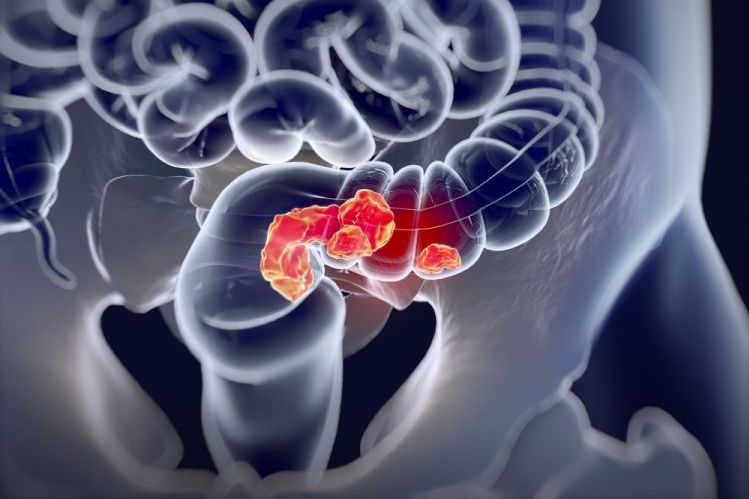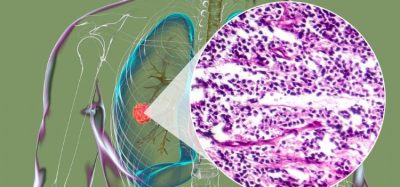Photo-responsive nanoassemblies could enable precision cancer drug delivery
Posted: 28 March 2022 | Hannah Balfour (European Pharmaceutical Review) | No comments yet
Researchers demonstrate a simple system using photo-cleavable prodrugs for the precise delivery of cancer treatment in mice.


A new study using mice demonstrates the potential of photo-responsive nanomedicines for the targeted, light-controlled and monitorable delivery of colorectal cancer therapy.
In their work, researchers from the LKS Faculty of Medicine at The University of Hong Kong (HKUMed) developed nanoparticles made by the self-assembly of a near-infrared dye, IR783, and a photo-cleavable chlorambucil prodrug, boron-dipyrromethene-chlorambucil (BODIPY-Cb). Following intravenous injection, the photo-responsive nanoparticles were shown to target colon tumours and successfully release drugs to destroy cancer cells upon light irradiation.
Colorectal cancer is the second most common cancer in Hong Kong, accounting for 15.8 percent of all cases, according to the researchers. The common treatment, chemotherapy, is well known to have a range of unpleasant side effects including diarrhoea, vomiting, hair loss, anaemia and more. To overcome these side effects while also reaping the benefits of chemotherapies, researchers are working to develop precisely controllable drug delivery technologies.
One technology that has been developed is photo-cleavable prodrugs, drugs that are inactive until light irradiation induces a chemical change to activate them. However, the researchers stated that the in vivo utility of such a system is usually hindered by their insolubility and inefficient delivery. In their study, they show that co-assembling BODIPY-Cb and IR783 to fabricate photo-responsive nanoassemblies can achieve not only a high prodrug loading capacity (approximately 99 percent), but also efficient light-triggered prodrug activation.
The researchers reported that their nanoparticles have a high affinity to caveolin (CAV-1) and therefore can be efficiently taken up by colorectal cancer cells with high CAV-1 expression. Upon green light irradiation, the prodrug was shown to be cleaved and the nanoparticles dissociate, releasing free chlorambucil. The entire process was monitored through fluorescence imaging.
In colon cancer-bearing mice, the release of chlorambucil using the photo-responsive nanoassemblies system significantly inhibited tumour growth, with no obvious side effects observed.
The scientists concluded that their results indicate “prodrug-dye co-assembled nanomedicine is a promising formulation for photo-responsive drug delivery, which would advance the translation of photo-responsive nanomedicines.” Adding that, in addition to precise oncology drug delivery, the technology could also be applied to treat other local diseases, negating the issue of side effects associated with systemic administration of medicines.
The paper was published in Bioengineering & Translational Medicine.
Related topics
Anti-Cancer Therapeutics, Chemotherapy, Drug Delivery Systems, Drug Development, Imaging, Preclinical Research, Research & Development (R&D), Therapeutics









